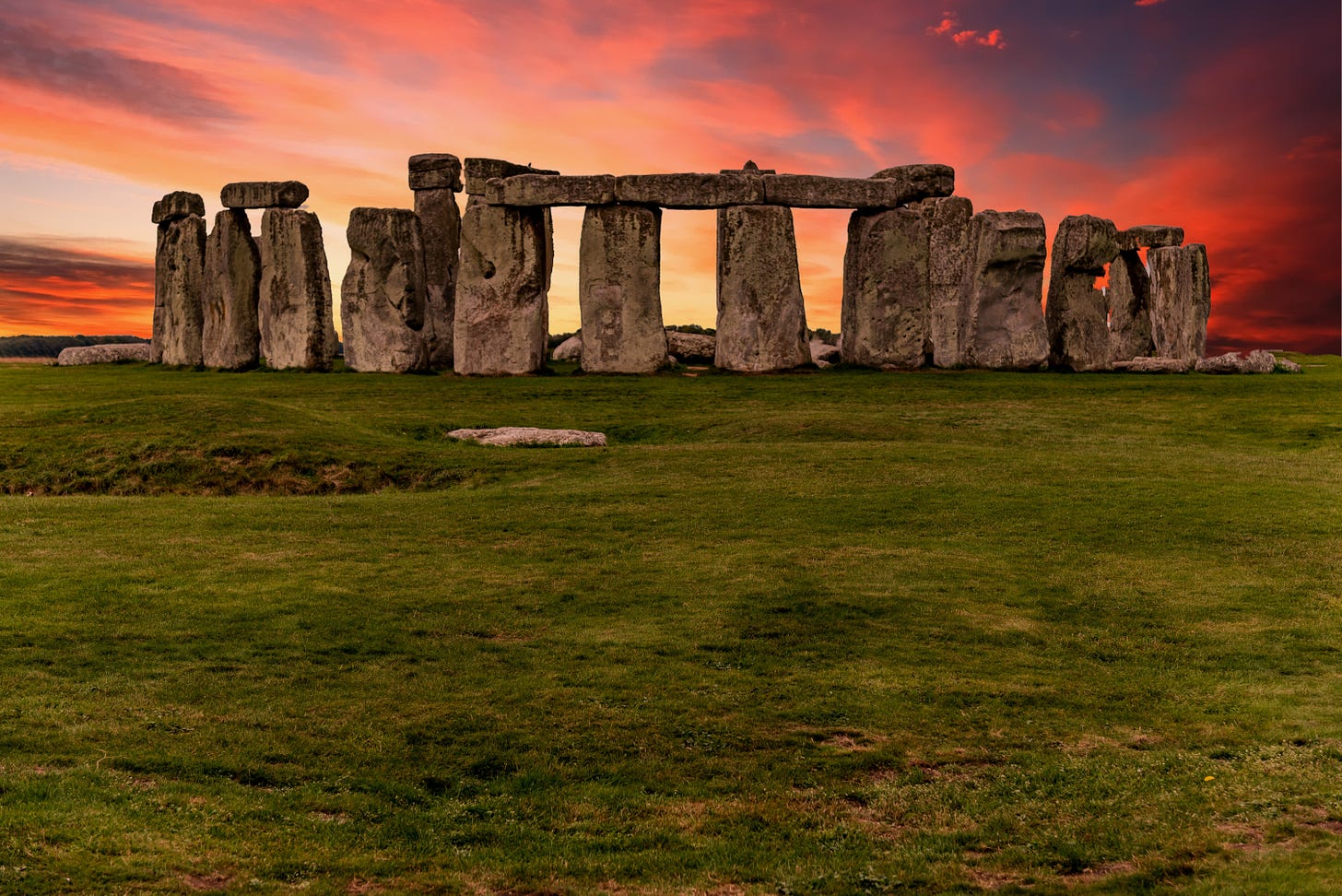Throughout our ceremonies we hear “The Ancient Landmarks of the Order” spoken many times. But what are these landmarks and why are they so important?
Landmarks have long served an important purpose in society, marking locations that have special meaning due to historical, cultural, or ceremonial significance. They help people remember the past, orient themselves in the present, and guide them into the future.
In Freemasonry, the 25 Ancient Landmarks similarly serve as guiding pillars that keep the organisation's values, teachings, and practices alive throughout the generations.
First codified by Albert Mackey in 1858, these landmarks identify the foundational customs and traditions of Freemasonry dating back to antiquity.
Much like physical landmarks orient travellers and identify important sites, the Ancient Landmarks give a frame of reference for what Freemasonry is and what it is not. They highlight the beliefs and core fundamentals that make the fraternity unique.
This allows Masons from different times and places to recognise their shared identity and find common ground.
The landmarks also help preserve knowledge and tradition over long periods of time.
As the custodians of Freemasonry pass from one generation to the next, the landmarks provide consistency and direction. They ensure the teachings and values of the craft are carried forward unchanged.
In this way, the landmarks serve to unify Masons under a common purpose despite differences in time or place. They remind brothers where the craft came from, who we are today, and where we are heading together into the future.
Most importantly, Landmark 25 states "That none of these landmarks can be changed."
This immutable law protects the integrity of Freemasonry by preventing shifts in landmarks to suit political or social whims. It provides a stable foundation that has preserved the ancient craft through centuries of change.
The Ancient Landmarks guide Grand Lodges in recognising one another and upholding Masonic ideals worldwide.
They establish clarity on what Freemasonry is, and they call on each generation of Masons to faithfully preserve and transmit the craft as it has been passed down through the ages.
In this way, the 25 Ancient Landmarks form the solid bedrock on which the fraternity firmly stands.
Mackey’s 25 Landmarks
In 1858, Albert Mackey defined 25 landmarks in total:
The fraternal modes of recognition
The division of Masonry into 3 symbolic degrees
The symbolic legend of Hiram Abiff
The government of the fraternity by a Grand Master
The prerogative of the Grand Master to preside over every assembly of the craft
The prerogative of the Grand Master to issue dispensations for conferring degrees at irregular times
The prerogative of the Grand Master to issue dispensations for opening and holding Lodges otherwise not established
The prerogative of the Grand Master to make Masons at Sight
The necessity for Masons to congregate in Lodges
The government of Lodges to be by a Master and two Wardens
The necessity that every Lodge when congregated be duly tiled
The right of every Mason to be represented in all general meetings of the Craft
The right of every Mason to appeal from his Lodge’s decisions to the Grand Lodge
The right of every Mason to sit in every regular Lodge
That no unknown visitor be allowed to sit in Lodge without being examined and found to be a Freemason
That no Lodge can interfere in the business of another Lodge
That every Freemason be amenable to the laws and regulations of the Jurisdiction in which he resides
That candidates for Freemasonry be required to meet certain qualifications; namely: being of mature age, not a cripple, and free born.
That a belief in the existence of God be a requirement for membership
That belief in a resurrection to a future life be a requirement for membership
That a “Book of the Law” shall constitute an indispensable part of the furniture of every Lodge
The equality of Masons
The secrecy of the Institution
The foundation of a speculative science upon an operative art, and the symbolic use and explanation of the terms of that art for purposes of moral teaching
That none of these landmarks can be changed.
Read more about the Ancient Landmarks in The Square Magazine.




